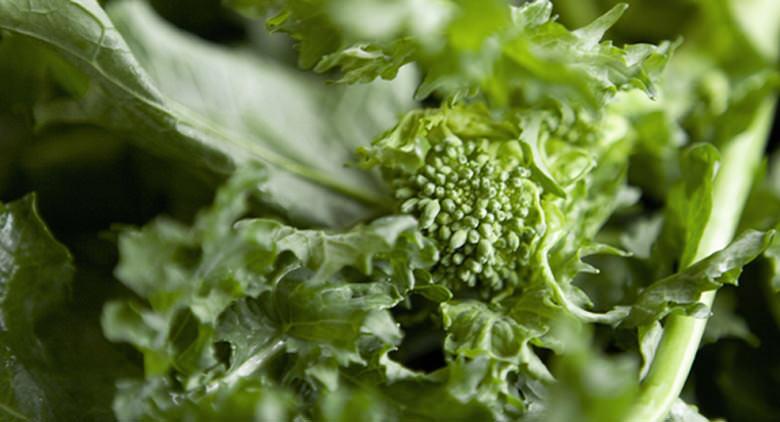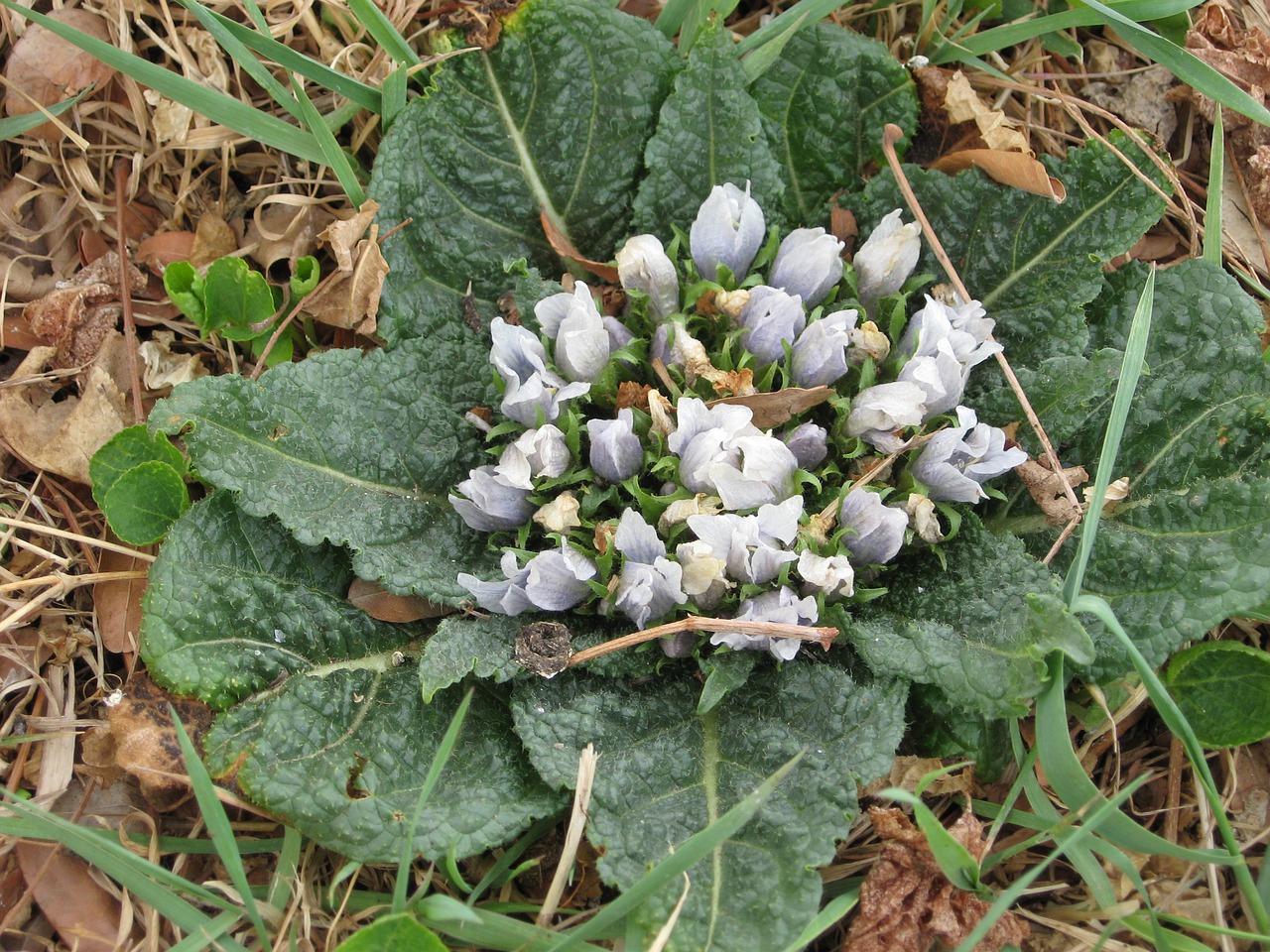After il case of poisoning due to ingestion of mandrake which has alarmed the whole province of Naples, many controversies have arisen.
In fact, the two plants, although vaguely similar, they have many differences and an expert eye has no difficulty in distinguishing them. The situation is different with regard to borage, another type of consumable plant that has many more elements in common with the mandrake, so much so that in the past there have been frequent cases of intoxication.
In any case, the problem actually involves only the consumption of fresh spinach, as the frozen spinach chain is extremely controlled and the problem does not exist there.
There are many today who ask themselves "But how can I distinguish mandrake from spinach?“, Let's see how.
How is the mandrake made?
The mandrake autumnalis is a plant that, as the name already suggests, blooms in autumn.
Ha irregular leaves, with strong blistering on the surface, in fact already to the naked eye it seems almost covered by small bubbles.
The lamina, or the extension of the leaf along the petiole (the stick on which the leaf is held) widens as it stretches along its extension. The outline of the leaf is elliptical and it is about 3 times long than its width.
Its leaves are often covered with a light white down, stiff to the touch almost like small needles.
The plant is usually 5 to 15 cm tall with a large root which, once extracted, can resemble the shape of a human body, hence the myth of the mandrake (also referred to in Harry Potter).
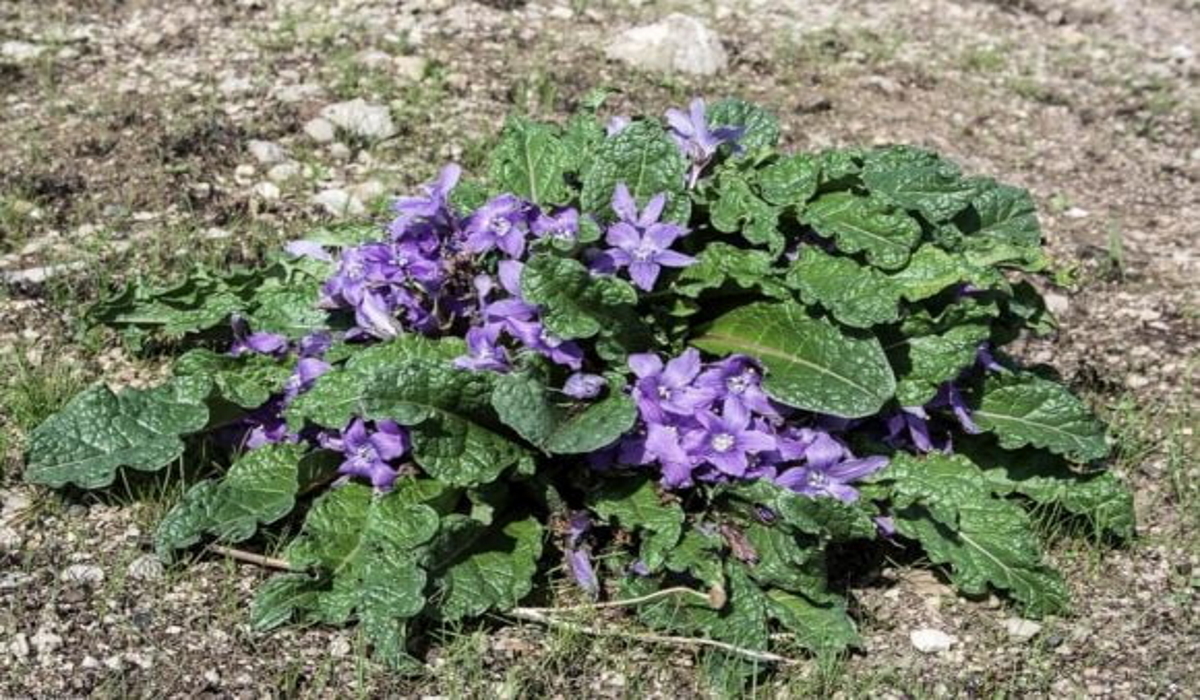
How is spinach made?
The spinach leaf is very different, its blistering is present but not highlighted, that is it has no significant "bubbles" that cover it, although it is not entirely smooth but a little wrinkled. The shape is the essential element, in fact it is strongly triangular and in some families it even resembles an arrow with a bulging base.
The length is about twice the width.
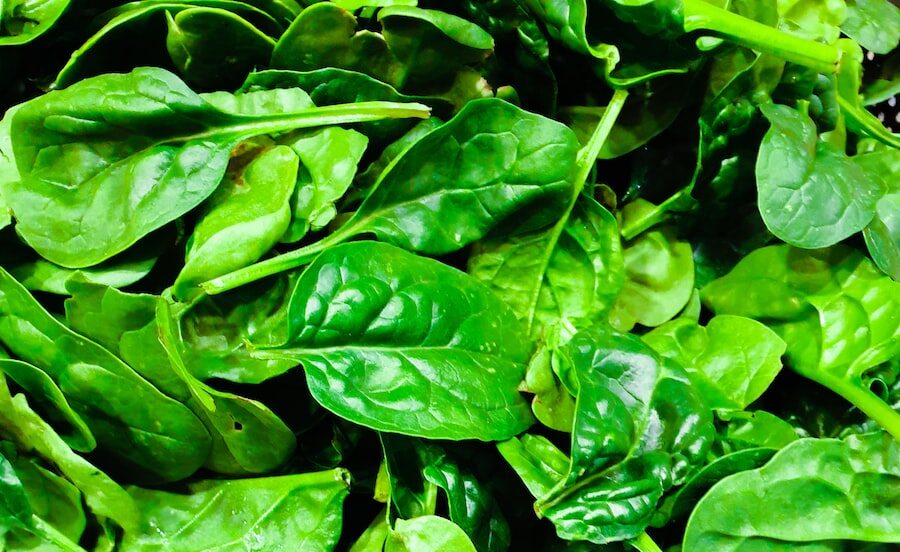
How is borage made?
Discreetly more similar to the mandrake, the borage has oval leaves and has blue flowers, which often lead to misunderstanding with the mandrake which has flowers of a violet tending to blue.
It is a plant about 30-40 cm tall and on the leaves it has silky soft and prickly white hair, another characteristic similar to the mandrake that has the same hairs but this time more rigid.
The consumption of borage must be done carefully as even an experienced eye can fall into error.
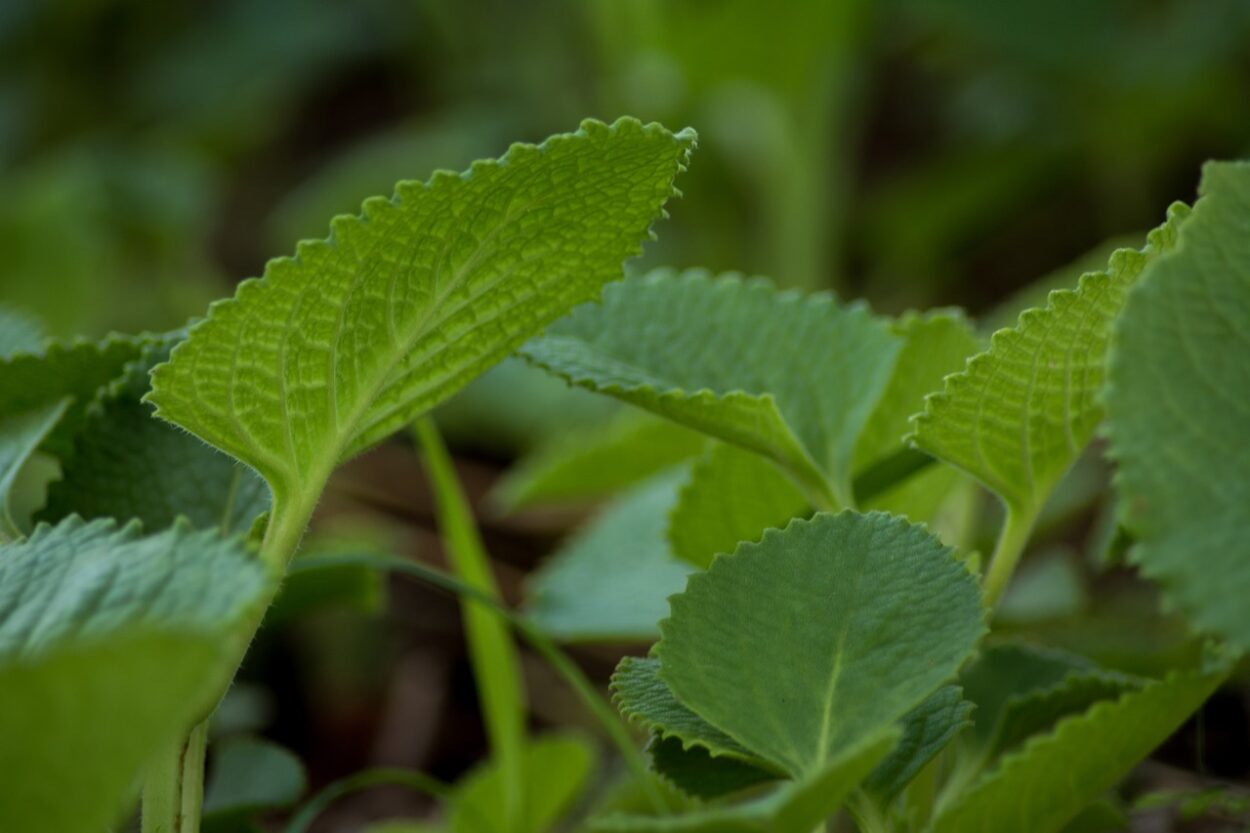
How is chard made?
Swiss chard it is very different, it is a plant with a wavy leaf that in some families becomes particularly crisp. It has almost no blistering, that is, the bubbles on the surface of the leaf.
The petiole, that is the stick on which the leaf rests, is very long and stands out because it has a decidedly considerable size compared to the ratio of the leaf.
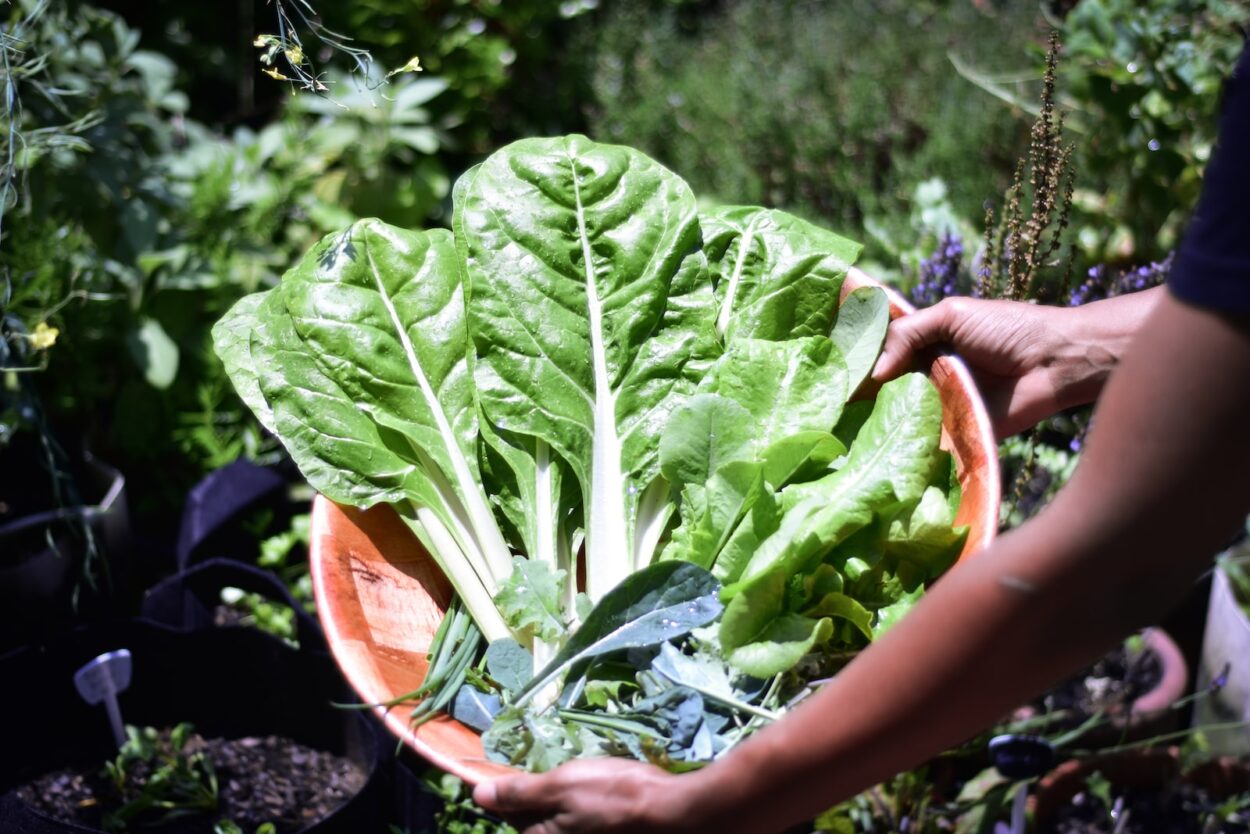
How are friarielli made?
The broccoli are a family of broccoli typical of the Campania territories, the appearance is decidedly different from that of the mandrake and also in the eyes of an inexperienced person, confusion is practically impossible.
The broccoli leaf is very long, with a decidedly long petiole. The edge of the leaf is very jagged, almost toothed.
